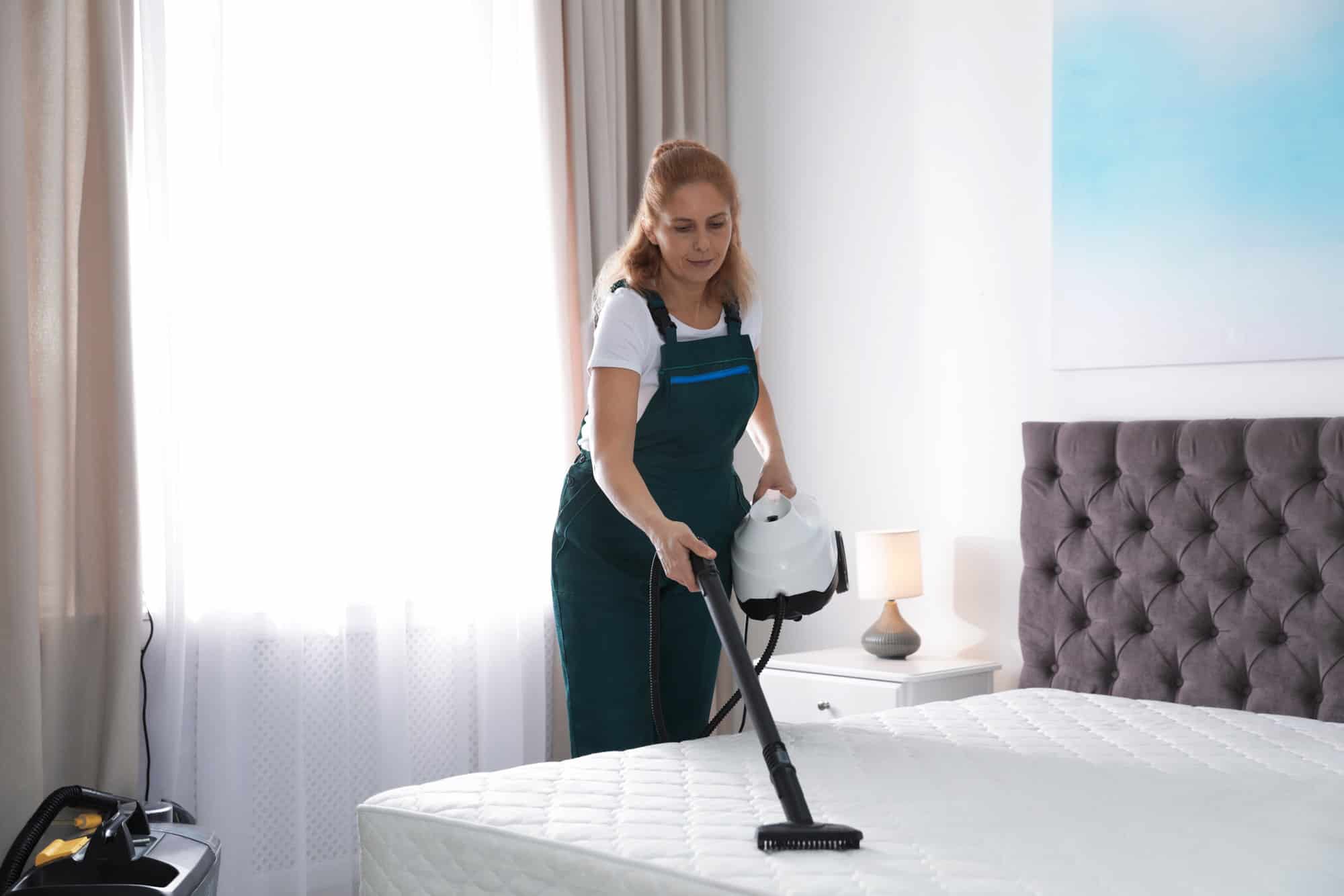

Articles
How To Clean A Mattress With A Steamer
Modified: August 28, 2024
Learn how to clean a mattress effectively using a steamer. Discover the best articles and tips for maintaining a fresh and hygienic sleeping surface.
(Many of the links in this article redirect to a specific reviewed product. Your purchase of these products through affiliate links helps to generate commission for Storables.com, at no extra cost. Learn more)
Introduction
Having a clean and fresh mattress is essential for a good night’s sleep. Over time, mattresses accumulate dust, dirt, allergens, and even stains. While regular vacuuming and spot cleaning can help maintain cleanliness, sometimes a deeper and more thorough clean is needed. This is where a steamer can come in handy.
Using a steamer to clean your mattress offers several benefits. Not only does it effectively kill dust mites and bacteria, but it also helps to remove stubborn stains and odors. Additionally, steaming your mattress can help alleviate any respiratory issues caused by allergens, creating a healthier sleeping environment.
In this article, we will guide you through the process of cleaning your mattress with a steamer. From preparing the steamer and mattress to spot cleaning stains and drying the mattress, we’ll cover all the essential steps to ensure a thorough and effective clean.
Key Takeaways:
- Steaming your mattress effectively eliminates dust mites, bacteria, and stubborn stains, creating a healthier and fresher sleeping environment without the use of harsh chemicals.
- Regular steaming and proper drying of your mattress can extend its lifespan, reduce allergens, and contribute to better sleep quality and overall well-being.
Read more: How To Clean A Sofa With A Steamer
Benefits of Cleaning a Mattress with a Steamer
Cleaning your mattress with a steamer has numerous benefits that go beyond just making it look clean. Here are some key advantages:
- Effective Dust Mite and Bacteria Elimination: Mattresses are a breeding ground for dust mites and bacteria, which can cause allergies and respiratory issues. Steaming your mattress kills these microscopic pests and sanitizes the surface, promoting a healthier sleep environment.
- Removal of Stubborn Stains: Mattresses often accumulate stains from spills, body oils, or accidents. Steam cleaning can effectively break down and lift these stains, making your mattress look fresh and clean again.
- Elimination of Odors: Over time, mattresses can develop unpleasant odors due to sweat, spills, or other factors. The high temperature of the steam helps to neutralize and remove these odors, leaving your mattress smelling fresh.
- Allergen Reduction: Steam cleaning not only eliminates dust mites but also helps reduce other allergens such as pollen and pet dander. This is particularly beneficial for individuals with allergies or asthma, as it can help alleviate symptoms and improve overall sleep quality.
- Safe and Chemical-Free Cleaning: Unlike traditional cleaning methods that often require the use of harsh chemicals, steam cleaning is a natural and chemical-free approach. It is safe for both your health and the environment.
- Preservation of Mattress Quality: Regular steam cleaning can help extend the lifespan of your mattress by removing dirt and debris that can contribute to its deterioration. By keeping your mattress clean, you ensure it remains in optimal condition for a longer period of time.
By utilizing a steamer to clean your mattress, you not only improve its appearance but also enhance its overall hygiene and comfort. Now that we’ve explored the benefits, let’s move on to the next steps: preparing the steamer and mattress for cleaning.
Preparing the Steamer and Mattress
Before you begin steaming your mattress, there are a few important steps to take to ensure a successful and safe cleaning process. Follow these guidelines to properly prepare your steamer and mattress:
- Gather the necessary materials: Start by assembling all the materials you’ll need for the cleaning process. This includes a steam cleaner with an upholstery attachment, clean water, a vacuum cleaner, and a clean cloth or towel.
- Vacuum the mattress: Begin by vacuuming the mattress to remove any loose dirt, dust, or debris. Pay special attention to the seams, edges, and crevices where the most dirt tends to accumulate. This step will ensure that the steam cleaner can effectively penetrate the surface of the mattress.
- Read the manufacturer’s instructions: Familiarize yourself with the operating instructions and safety precautions provided by the manufacturer of your specific steamer model. This will help you use the steamer correctly and prevent any damage to the mattress.
- Prepare the steamer: Fill the steamer’s water tank with clean water according to the manufacturer’s instructions. Some steamers may require distilled water to prevent mineral buildup. Attach the upholstery attachment to the steamer and ensure it is securely connected.
- Perform a spot test: Before proceeding to clean the entire mattress, it’s recommended to perform a spot test on a small, inconspicuous area. Apply steam to the spot for a few seconds and check for any adverse effects like color fading or fabric damage. If no issues arise, you can proceed with confidence.
Once you have gathered your materials and prepared the steamer, you’re ready to move on to spot cleaning any stains that may be present on your mattress. We’ll cover this in detail in the next section.
How to Spot Clean Stains
If you have specific stains on your mattress, it’s best to address them individually before proceeding with the overall cleaning process. Follow these steps to spot clean stains effectively:
- Identify the type of stain: Different types of stains require different cleaning approaches. Whether it’s a coffee spill, urine stain, or bloodstain, it’s important to identify the stain’s nature so you can choose the most appropriate cleaning solution.
- Blot the stain: Using a clean cloth or towel, gently blot the stain to absorb any excess liquid. Avoid rubbing the stain, as it can spread and further embed into the mattress fabric.
- Prepare a cleaning solution: Depending on the type of stain, prepare a suitable cleaning solution. For general stains, a mixture of mild detergent and warm water can be effective. For tougher stains, you may need to use specific stain removers or natural remedies like baking soda and vinegar.
- Apply the cleaning solution: Dip a clean cloth or sponge into the cleaning solution and gently dab it onto the stained area. Be careful not to saturate the mattress, as excessive moisture can lead to mold or mildew growth. Allow the solution to sit for a few minutes to penetrate the stain.
- Steam the stained area: Using the upholstery attachment on your steamer, apply steam to the stained area. Move the steamer in slow, circular motions to ensure even coverage. The high temperature of the steam will help break down the stain and lift it from the mattress fabric.
- Blot the area again: After steaming, blot the area with a clean, dry cloth or towel to absorb any remaining moisture and lift the loosened stain particles. Continue blotting until the area feels dry to the touch.
- Inspect and repeat if necessary: Once the spot cleaning is complete, inspect the area to ensure the stain is fully removed. If any remnants remain, repeat the process or consider seeking professional cleaning assistance.
Spot cleaning stains before moving on to the overall mattress cleaning will help achieve a more thorough and even clean. After spot cleaning, it’s time to address the entire mattress. We’ll guide you through the steps in the next section.
When using a steamer to clean a mattress, make sure to use the appropriate attachment and go over the entire surface in a slow, even motion to effectively kill bacteria and remove stains.
Cleaning the Entire Mattress
Now that you’ve spot cleaned any stains on your mattress, it’s time to clean the entire surface. Follow these steps to effectively clean your mattress using a steamer:
- Start from the top: Begin by working on the top surface of the mattress. Attach the upholstery attachment to the steamer and ensure it is properly connected. Hold the steamer close to the mattress surface and move it slowly in a back-and-forth motion, covering the entire area. This will allow the steam to penetrate the fabric and kill any dust mites and bacteria.
- Move to the sides and edges: After cleaning the top surface, focus on the sides and edges of the mattress. Steam along the edges, seams, and corners, paying attention to any areas that may accumulate dirt or debris. The steam will help loosen and remove any trapped allergens or particles.
- Pay attention to deep crevices: Some mattresses have deep crevices or quilted patterns that can be challenging to clean. Use the crevice tool attachment included with your steamer to reach these areas. Direct the steam into the crevices to ensure a thorough clean.
- Be cautious with pillow-top mattresses: If you have a pillow-top mattress, be sure to approach the cleaning process with care. Excessive moisture can damage the pillow-top material or cause it to lose its shape. Use gentle steam and avoid saturating the mattress surface.
- Take breaks as needed: It’s important to give your steamer and mattress breaks during the cleaning process. If your steamer overheats or the mattress becomes too damp, take a break to allow them to cool and dry slightly before continuing. This will prevent any potential damage.
By following these steps, you can ensure a thorough cleaning of your mattress using a steamer. Once you have finished cleaning, it’s essential to allow the mattress to dry properly to prevent any moisture-related issues. Let’s explore the drying process in the next section.
Read more: How To Clean Shark Steamer
Drying the Mattress
After thoroughly cleaning your mattress with a steamer, it’s crucial to ensure proper drying to avoid any mold or mildew growth. Follow these steps to effectively dry your mattress:
- Remove excess moisture: Begin by blotting the mattress with clean, dry towels or cloths to absorb any excess moisture from the steaming process. Press down gently and repeat until the towels come away relatively dry.
- Enhance air circulation: Open windows or turn on fans in the room to promote airflow and ventilation. This will help expedite the drying process and prevent any lingering moisture.
- Use a dehumidifier: If the humidity level in the room is high, consider using a dehumidifier to help remove excess moisture from the air. This can aid in the drying process and prevent the growth of mold or mildew.
- Allow sufficient drying time: It’s important to give your mattress ample time to dry completely. Depending on factors such as ventilation, humidity, and the density of your mattress, this may take anywhere from a few hours to a full day. Avoid using the mattress until it is completely dry.
- Check for any residual dampness: Before covering the mattress or placing bedding back on it, ensure that it is completely dry. Press your hand firmly onto different areas of the mattress to check for any residual dampness. If any moisture is detected, continue the drying process until the mattress is completely dry.
Proper drying is essential to maintain the cleanliness and integrity of your mattress. By following these steps and allowing sufficient drying time, you can ensure that your mattress remains fresh, free from moisture-related issues, and ready for a good night’s sleep.
Now that your mattress is clean and dry, let’s summarize the key steps and provide some additional tips to keep in mind.
Final Thoughts and Tips
Cleaning your mattress with a steamer is a highly effective way to maintain its cleanliness and extend its lifespan. Before we conclude, here are some final thoughts and tips to keep in mind:
- Regular cleaning: It’s recommended to clean your mattress with a steamer at least once every six months to keep it fresh and free from allergens.
- Protective covers: Consider using a mattress protector or encasement to prevent stains and spills from penetrating the mattress. This will make future cleaning easier and help protect against dust mites and bacteria.
- Preventive maintenance: Vacuum your mattress regularly to remove surface dirt and allergens. This will help reduce the frequency of deep cleaning and maintain a cleaner sleeping environment.
- Proper ventilation: Ensure that your bedroom has good airflow and ventilation. This will help prevent the accumulation of moisture and reduce the risk of mold or mildew growth.
- Read manufacturer guidelines: Always refer to the manufacturer’s guidelines for your mattress and steamer. This will ensure that you are using the appropriate cleaning methods and avoiding any potential damage.
- Professional cleaning: If your mattress has deep, stubborn stains or you prefer professional assistance, consider hiring a mattress cleaning service with experience in steam cleaning. They can provide a thorough and professional clean for your mattress.
- Consistency is key: By incorporating regular mattress cleaning into your routine, you can enjoy a healthier sleeping environment and prolong the lifespan of your mattress.
Remember, a clean and fresh mattress can greatly contribute to a good night’s sleep and overall well-being. By following these steps, you can effectively clean your mattress using a steamer and enjoy the benefits of a clean and hygienic sleeping surface.
Now, it’s time to put this knowledge into practice and give your mattress the deep clean it deserves!
Frequently Asked Questions about How To Clean A Mattress With A Steamer
Was this page helpful?
At Storables.com, we guarantee accurate and reliable information. Our content, validated by Expert Board Contributors, is crafted following stringent Editorial Policies. We're committed to providing you with well-researched, expert-backed insights for all your informational needs.
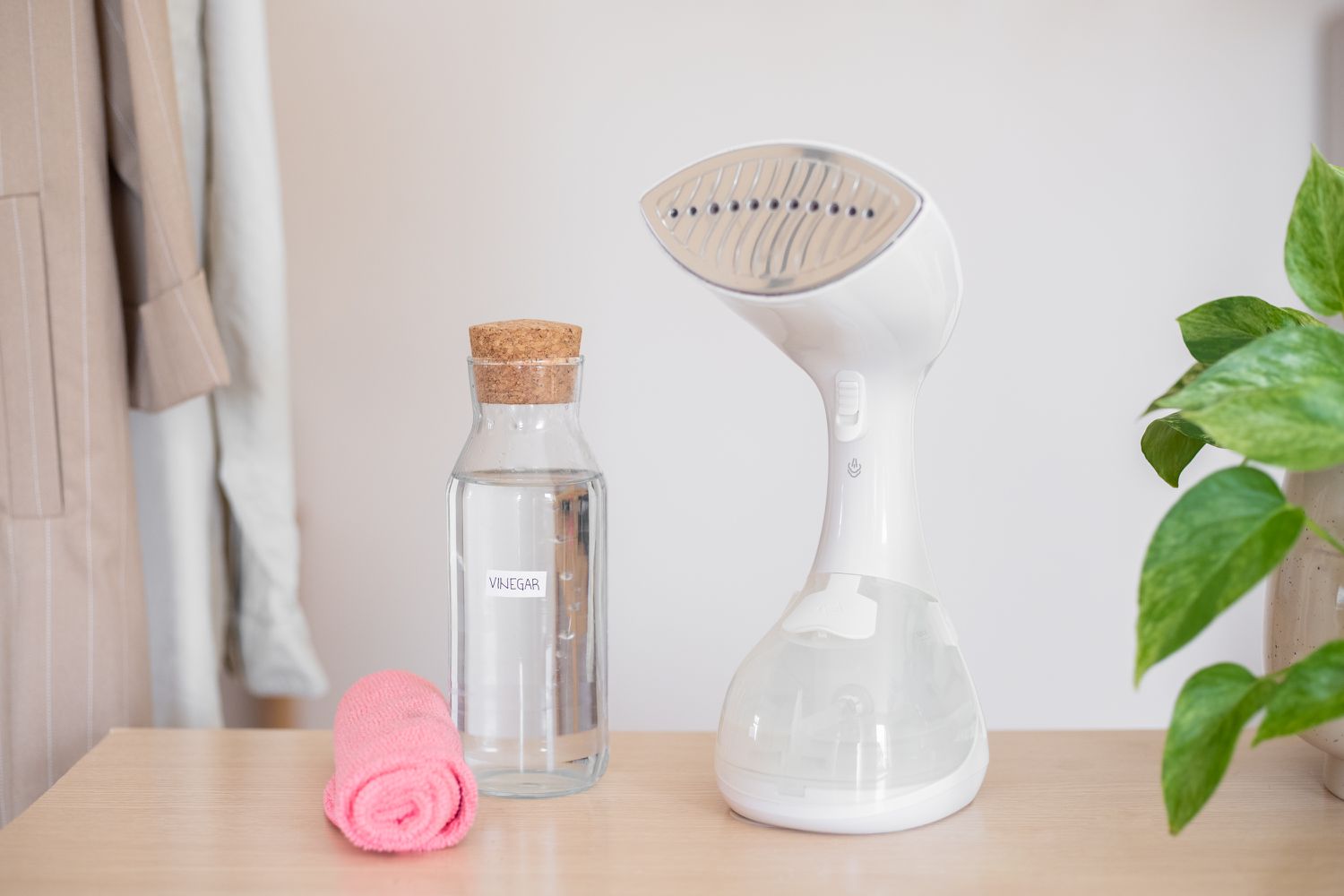
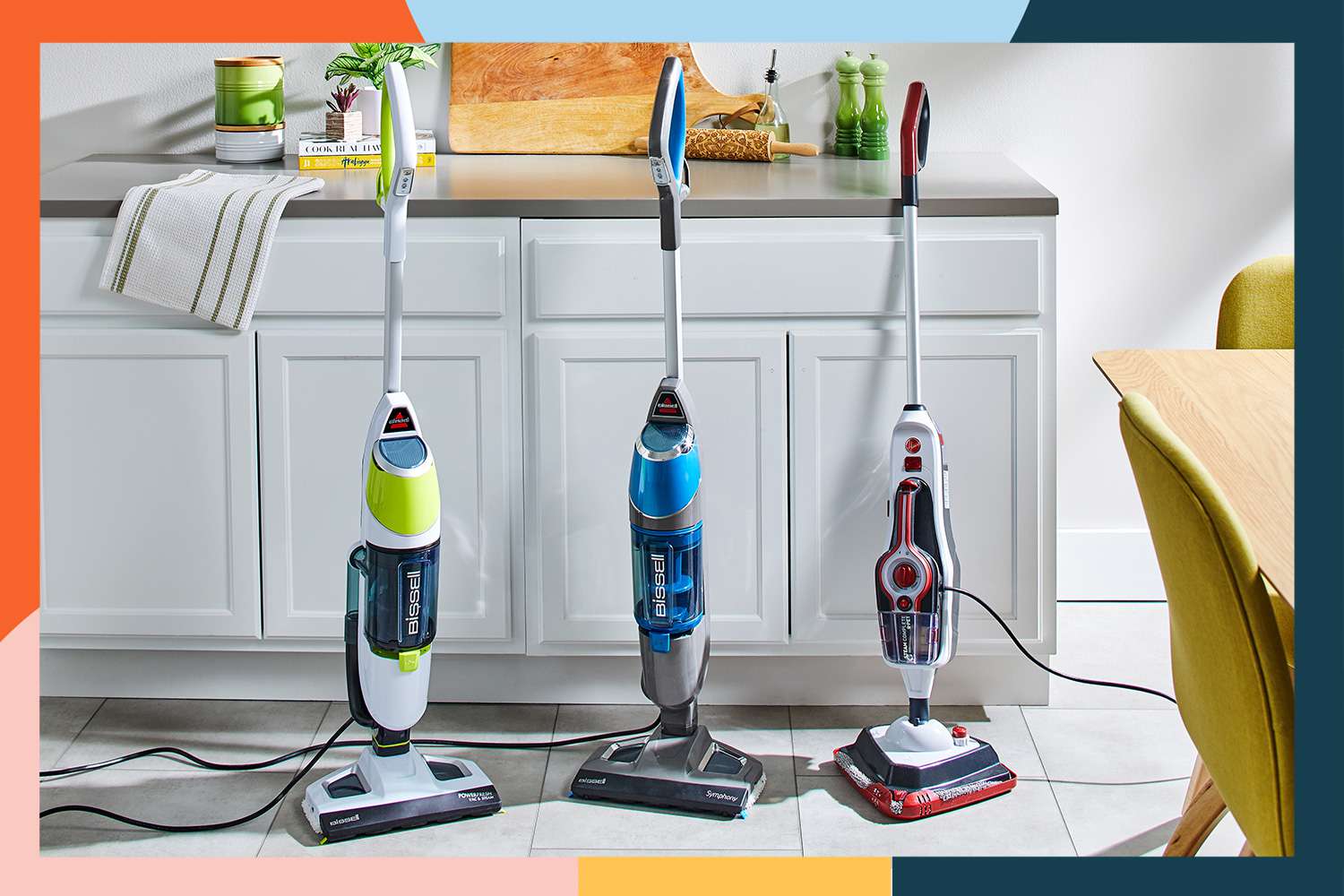
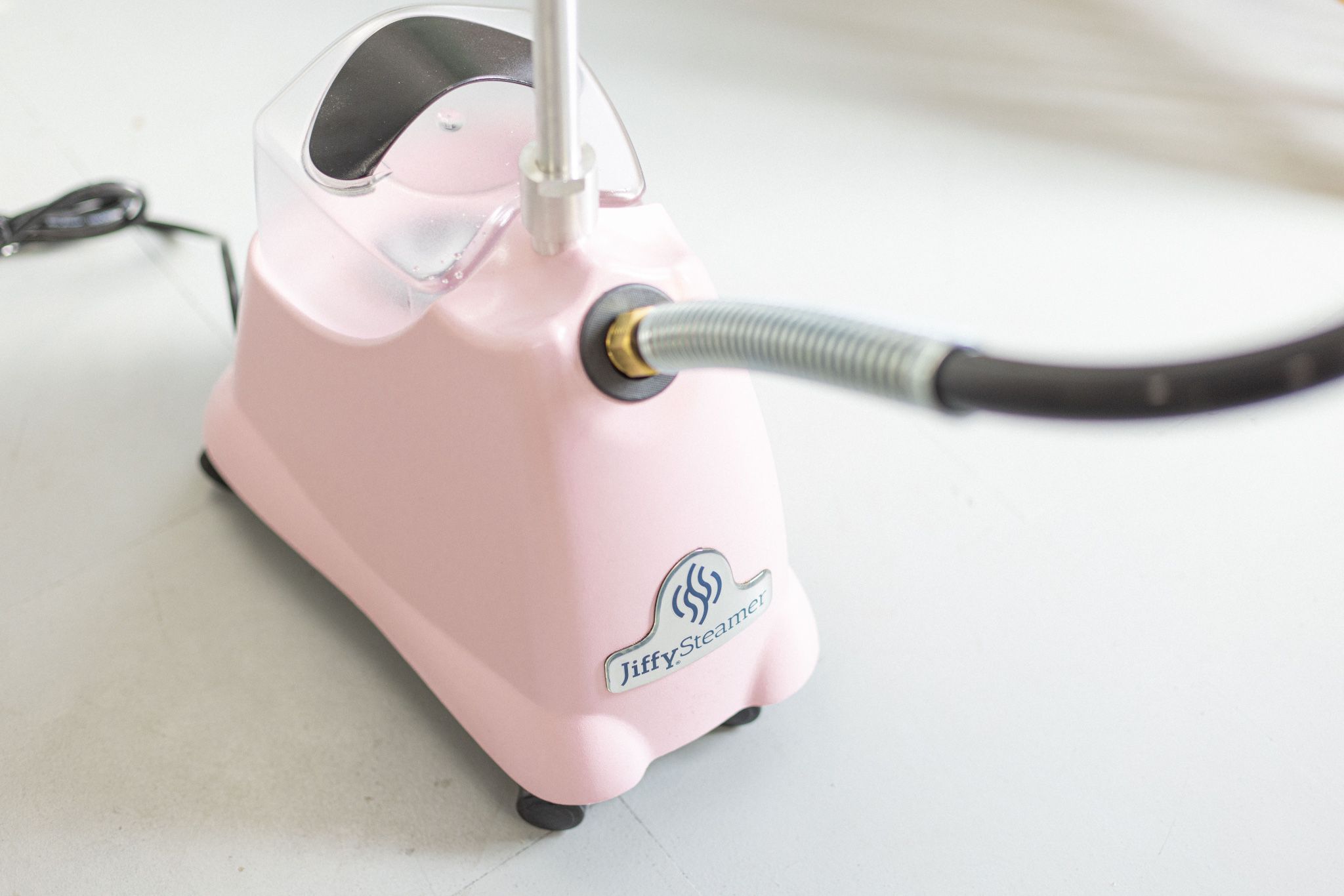
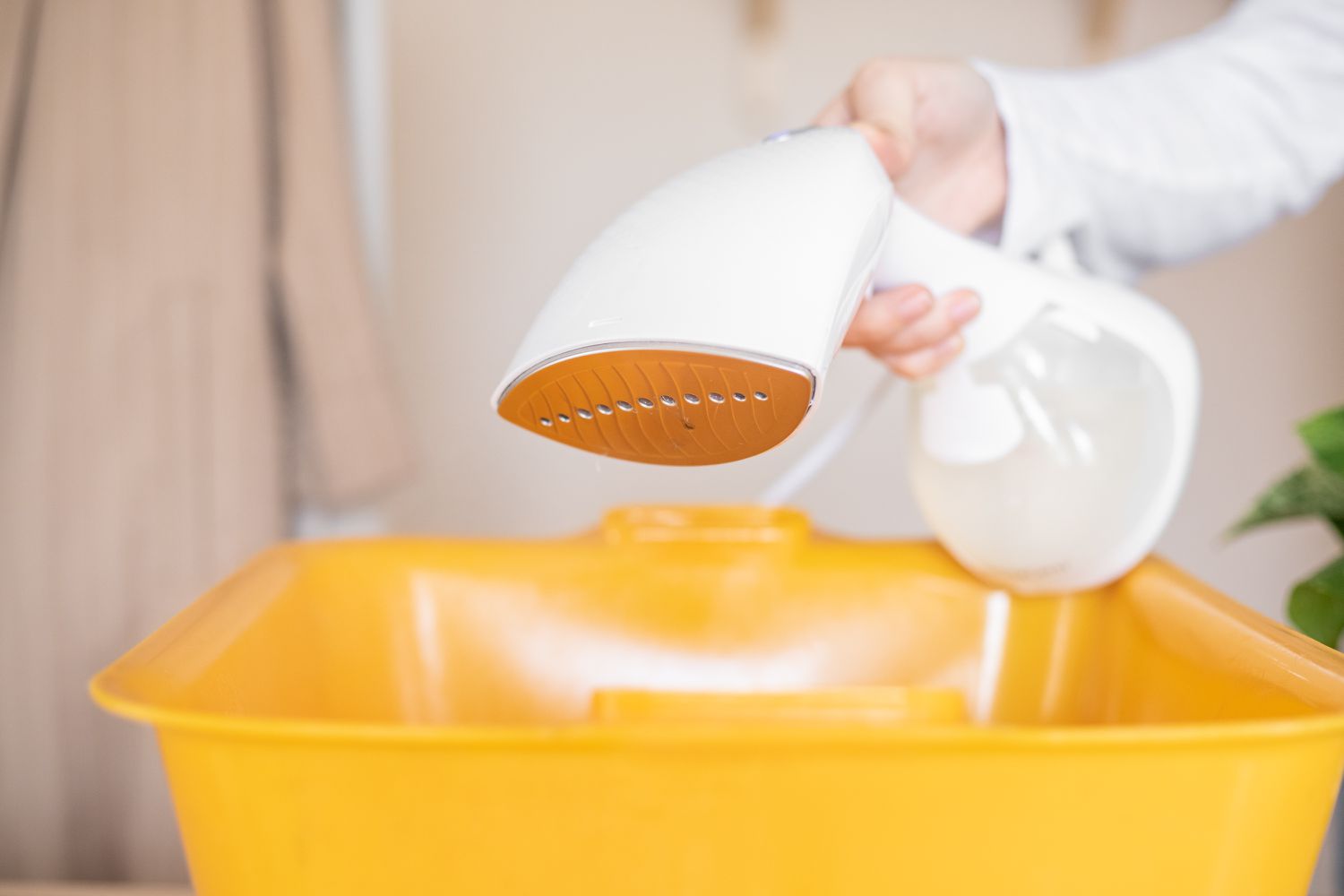
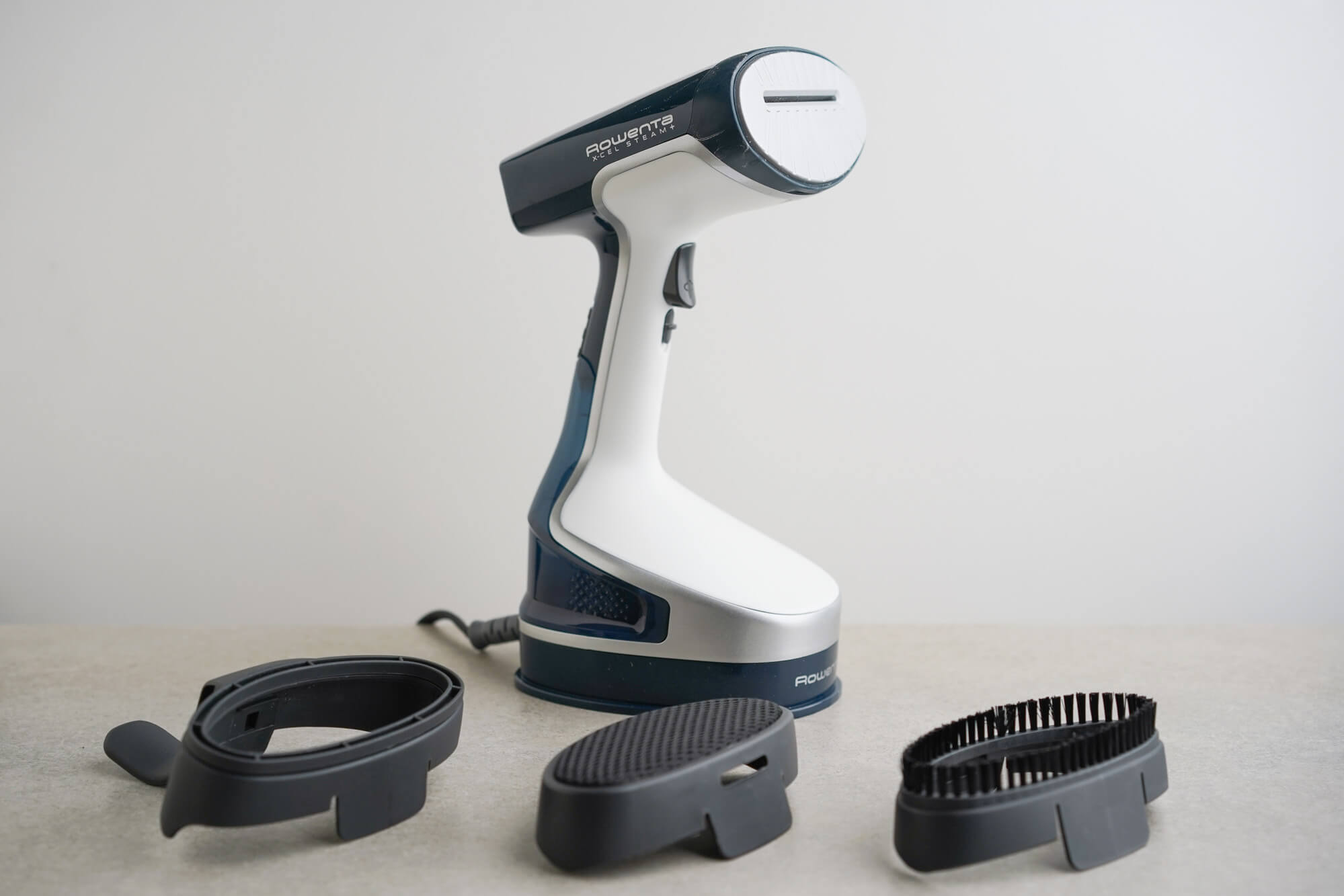
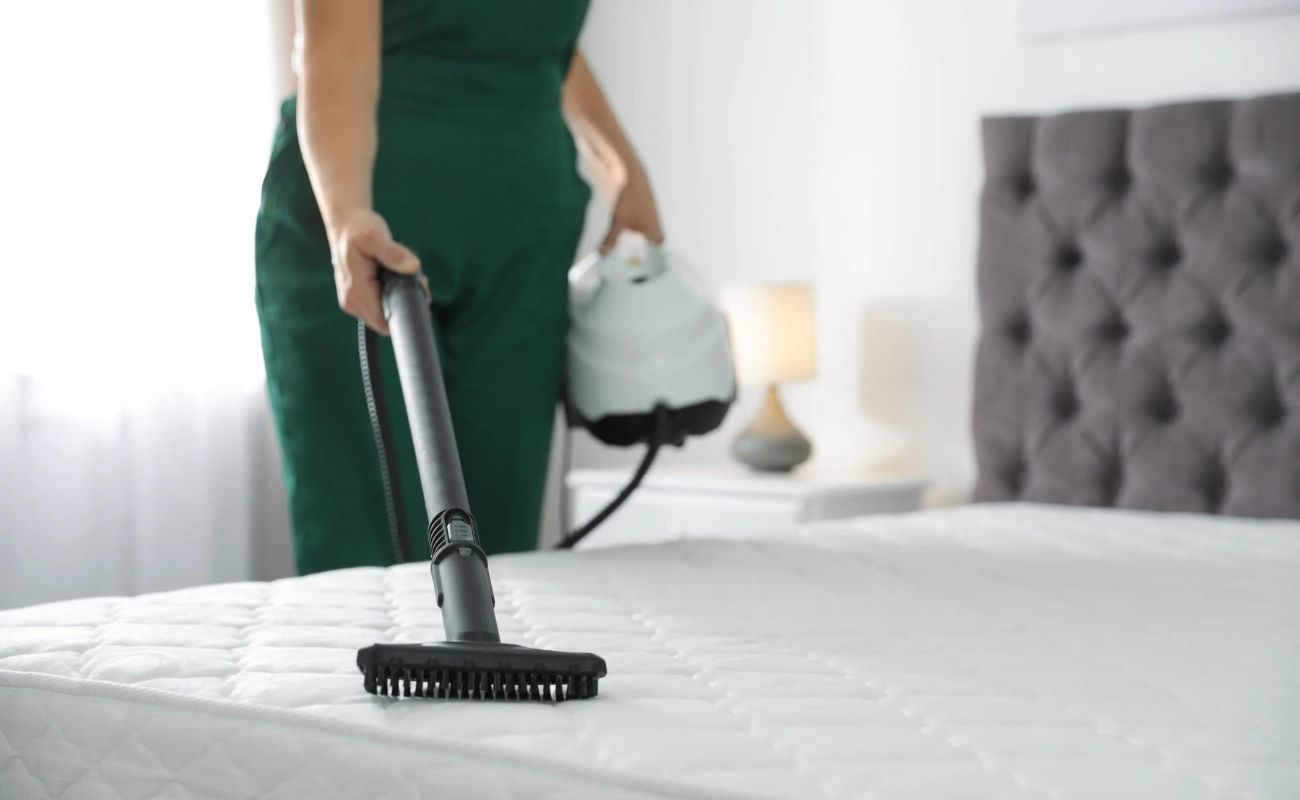

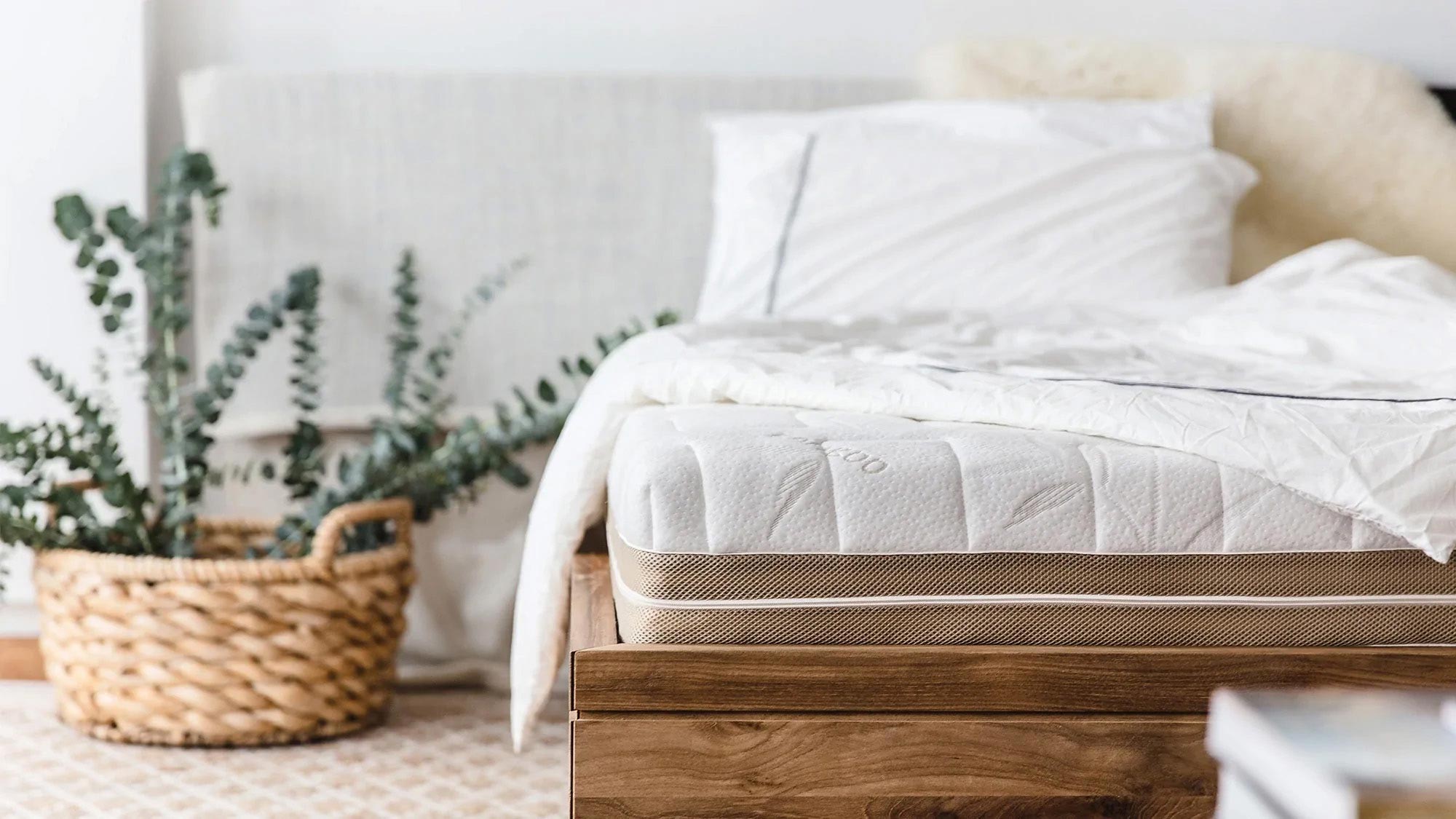


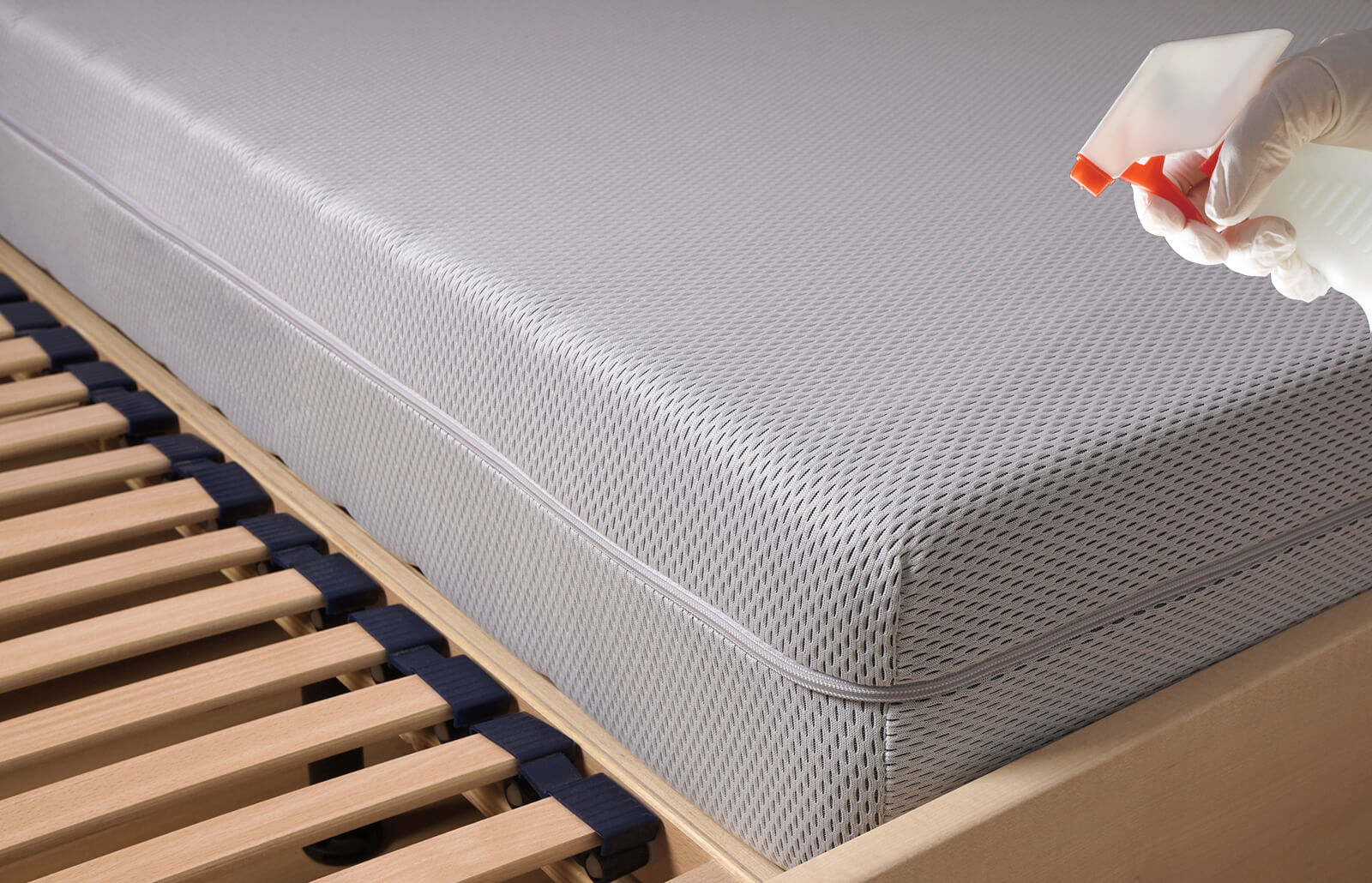
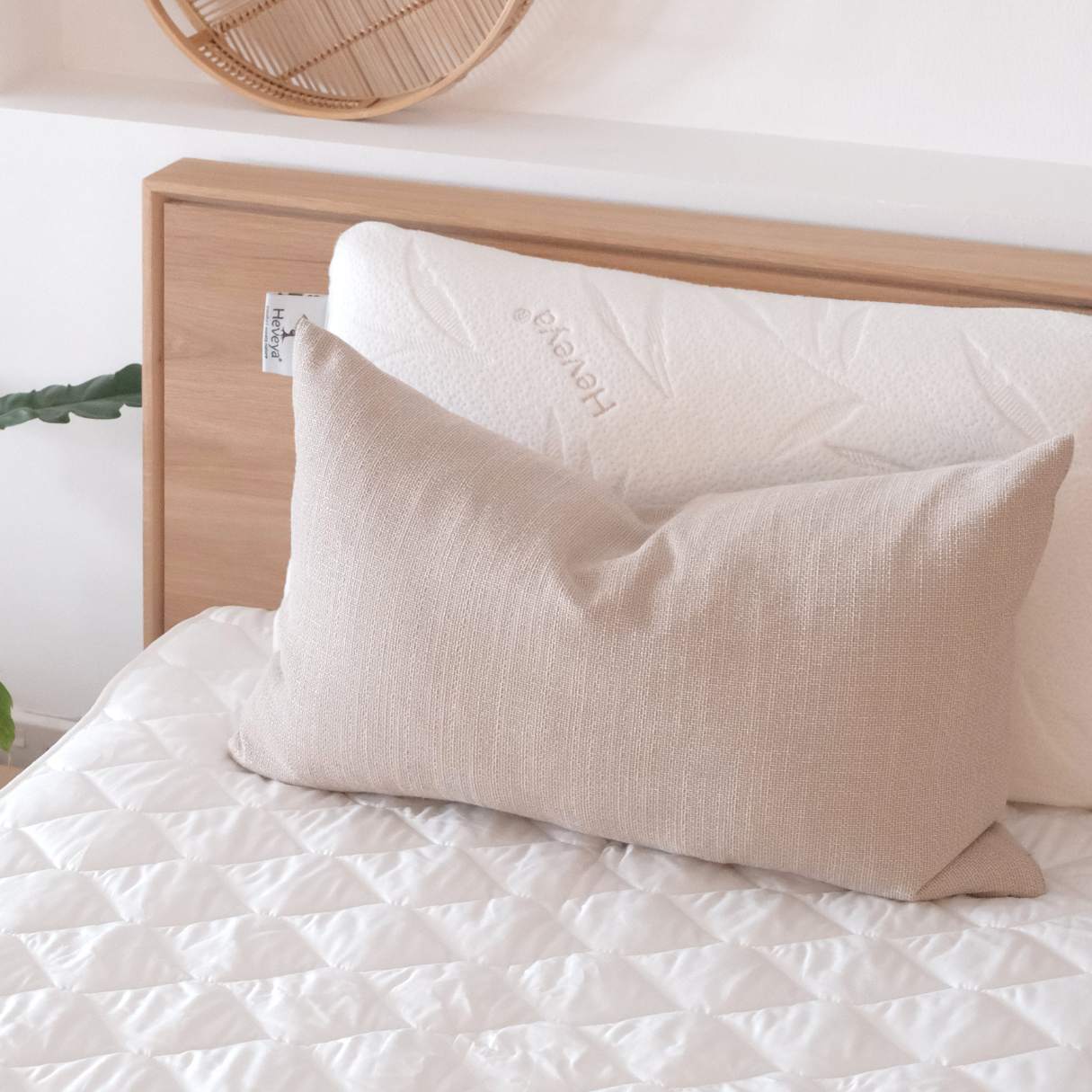
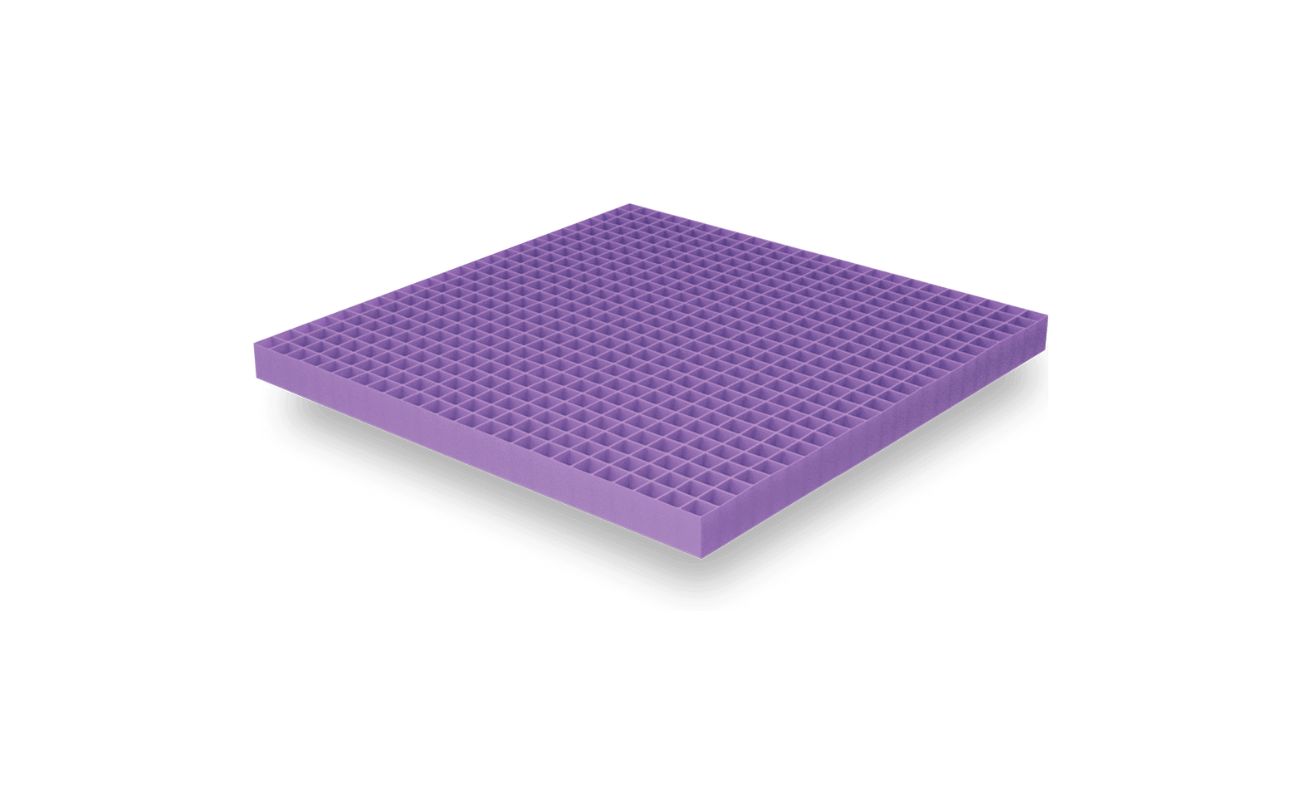
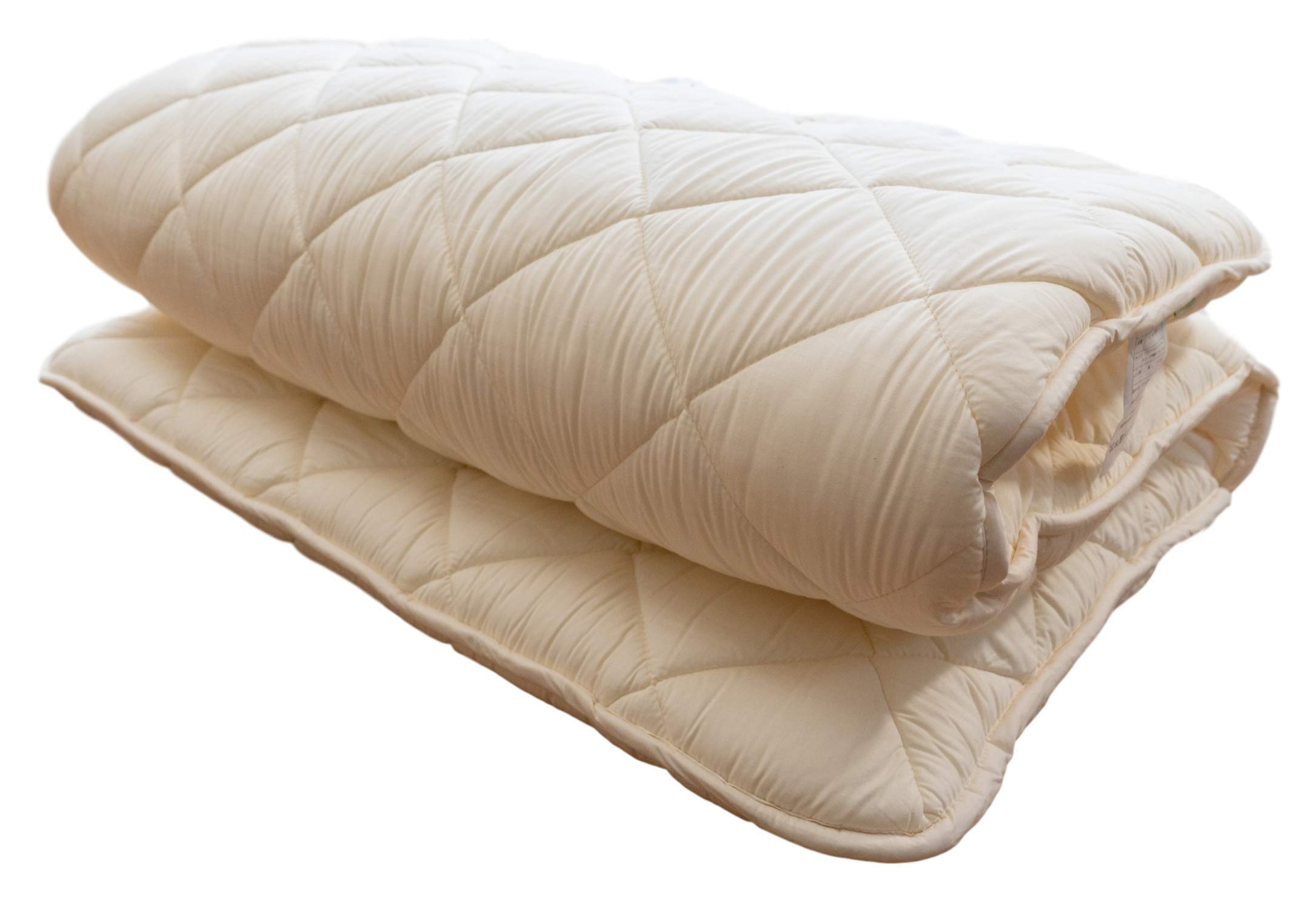

0 thoughts on “How To Clean A Mattress With A Steamer”